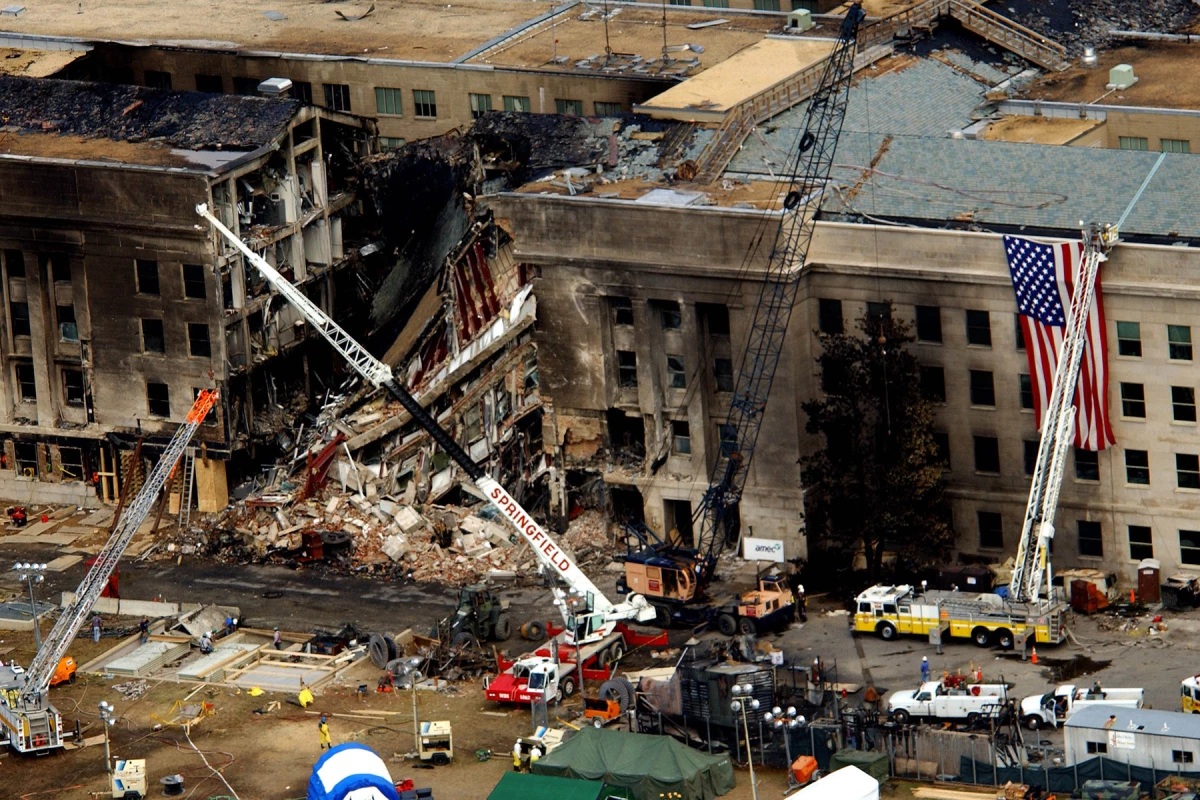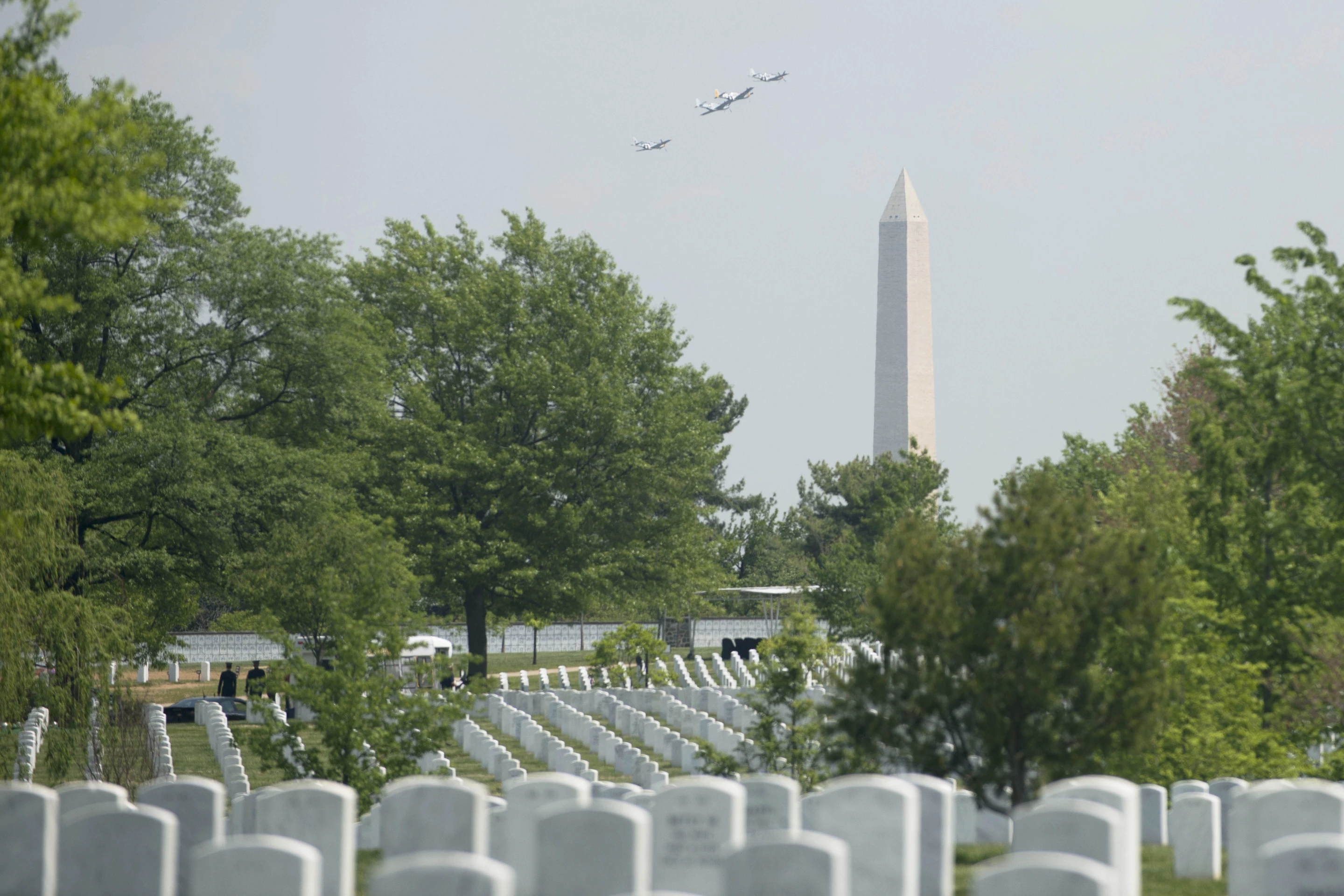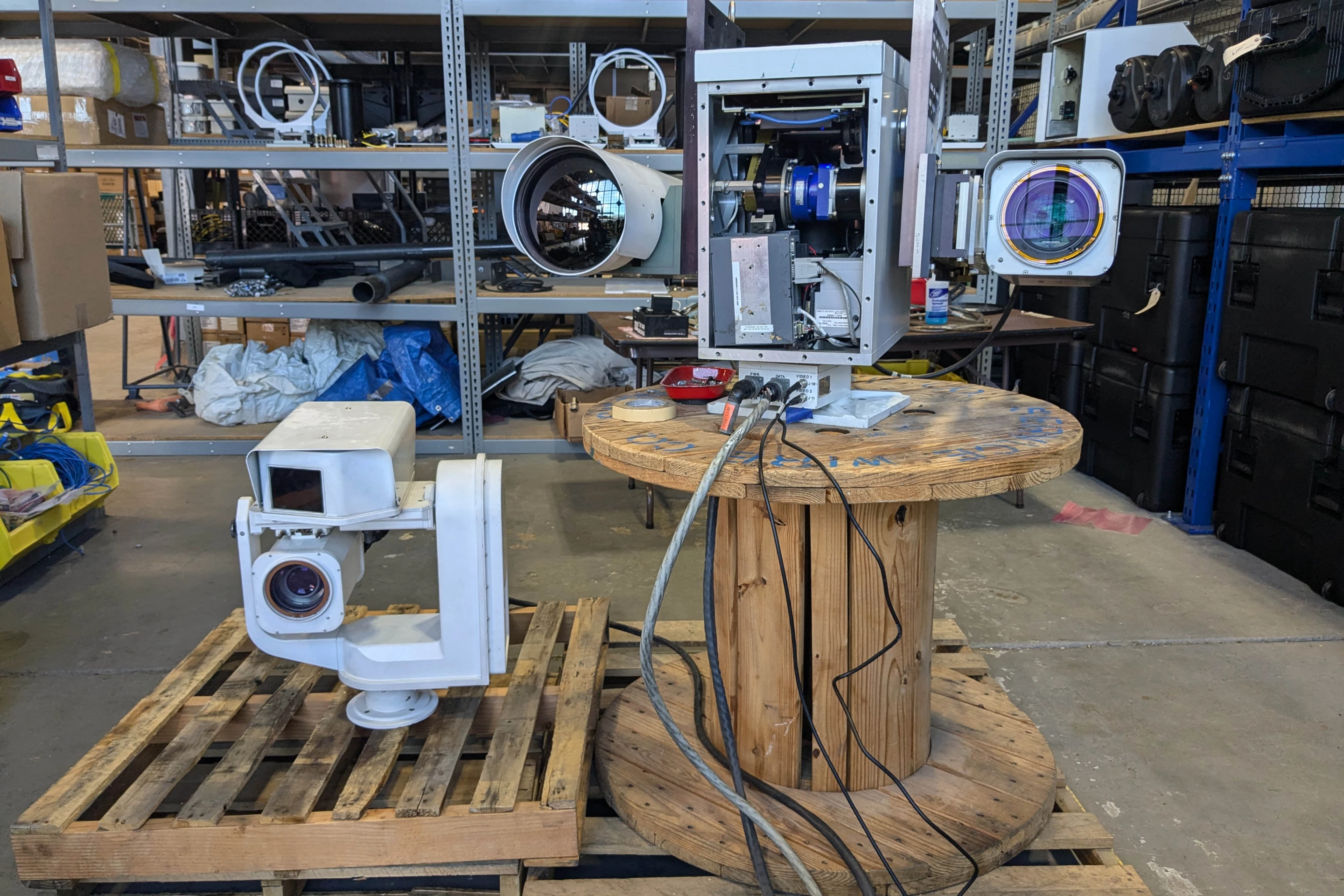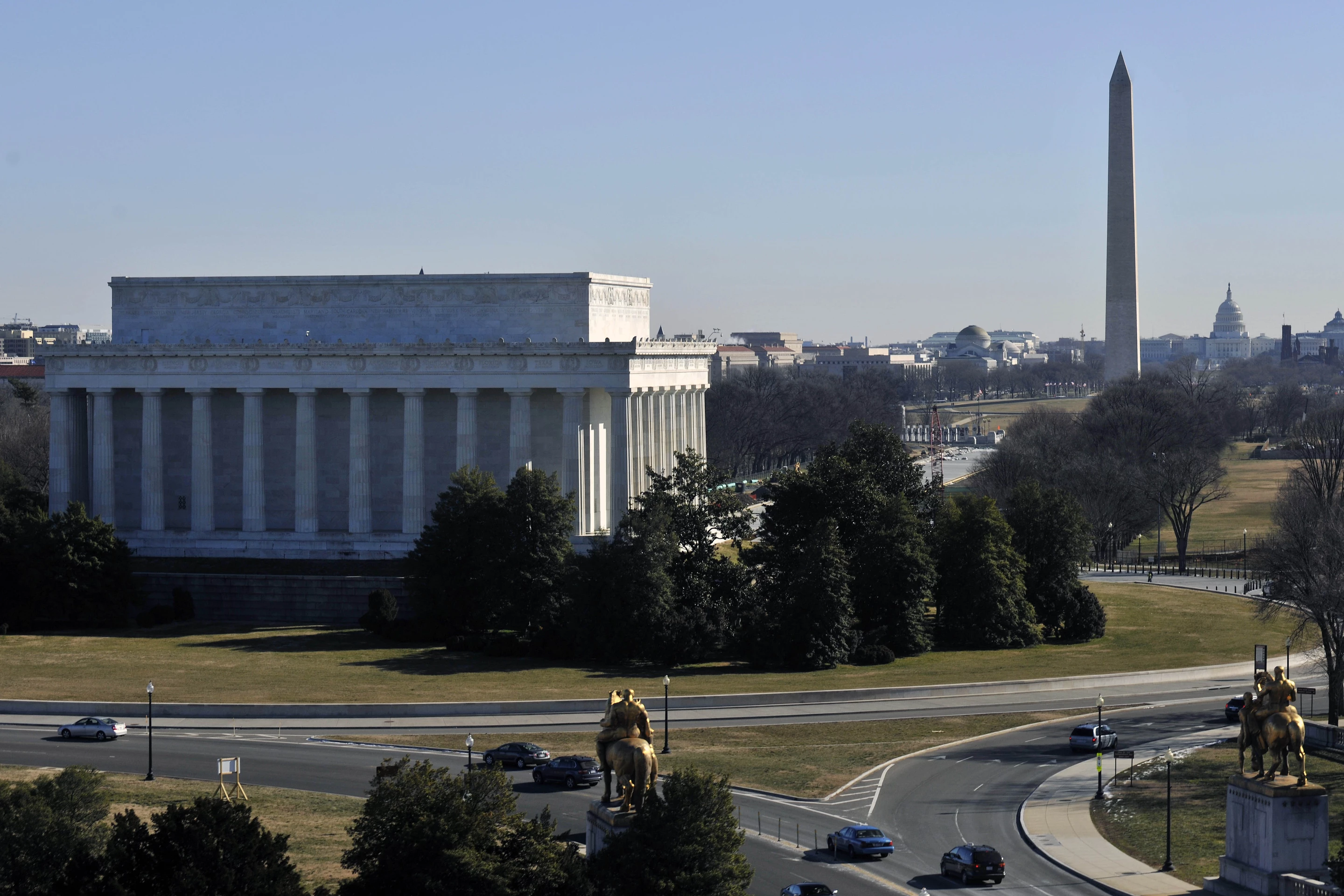Washington, DC is arguably the most closely defended airspace in the world. Now it's getting an upgrade thanks to a new AI camera system that can quickly identify unauthorized intruders and warn them off with a laser beam.
The US capital is more than just a national seat of government. It's the official residence of the American President, site of the National Archives and Library of Congress as well as many monuments, home of the command and control systems for the defense of a large part of the globe, and what is essentially the headquarters of the Free World. Not surprisingly, for both strategic and symbolic reasons, it's a very tempting target for an enemy attack.
This was grimly illustrated on September 11, 2001 when a hijacked airliner filled with passengers slammed into the Pentagon building, causing extensive damage and killing 64 people on the plane and 125 people on the ground, while a second airliner was prevented from attacking either the Capitol Building or the White House by the self-sacrifice of its passengers and crew.
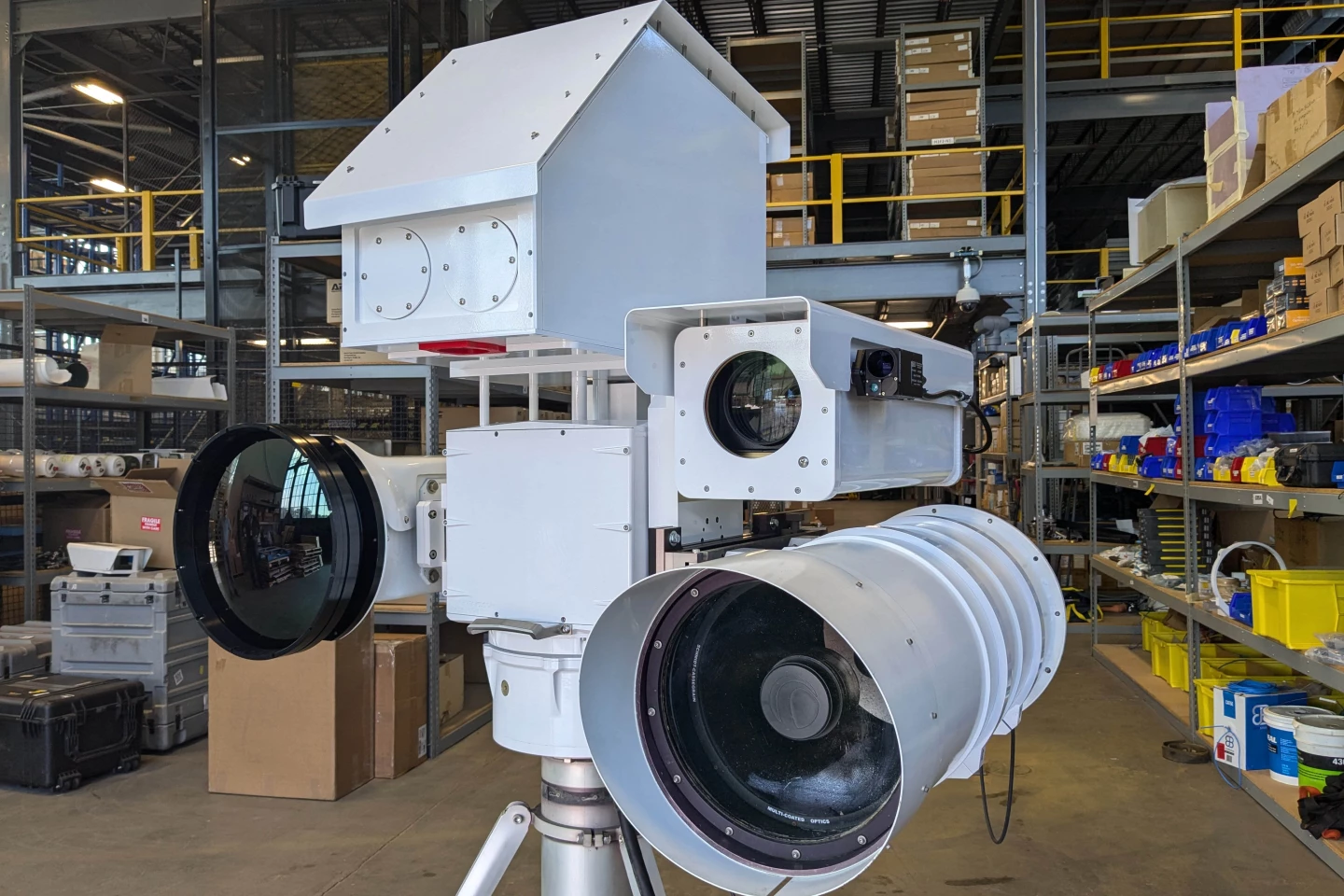
Already protected by defenses developed during the Cold War, the National Capital Region (NCR) was soon placed under more intense cover by rotating Air National Guard units tasked with intercepting, diverting, or, if necessary, neutralizing aircraft that stray into the area.
This requires fast decision-making, especially when the aircraft in question is a jet flying at near transonic speed. Radar systems are very good at detecting and tracking intruders, but leave something to be desired when it comes to identifying them. It's even worse if said intruder is unable or refuses to cooperate.
Because of this, the system includes an array of cameras and lasers known as the Enhanced Regional Situational Awareness (ERSA) system as part of its integrated defense network, which includes fighter jets, surface-to-air missiles, and anti-drone weapons. The idea is that the visible and infrared cameras can make a visual identification of the intruder while the eye-harmless laser provides information about distance and altitude to help with analysis.

Under a US defense contract, ERSA is getting an upgrade with higher resolution cameras made by Teleidoscope to replace the two-decade-old ones. These new units not only have higher definition for extended range, they also have infrared colorization to make the target stick out against the thermal background, and last, but by no means the least, a machine learning system that can help with rapid, automatic identification.
After a preliminary ID by the AI, the operator can confirm or veto it and make the appropriate response decision. This can include warning off the intruder by radio, using a laser as a visual warning, calling in fighters to escort the craft out of restricted space, or shooting it down. According to the Defense Department, the laser warning is a welcome addition because it's both effective and much cheaper than scrambling fighters.
"Non-compliant aircraft are aware that, when they see the red-green laser, they need to turn to a heading away from the center of the flight restricted zone, or SFRA, as soon as possible and immediately contact the FAA to try to figure out why they're being sparkled at," said Air Force Master Sgt. Kendrick Wilburn, a New York Air National Guardsman. "There are times that I've used it … and [violators] are responsive to it."
Two of the new cameras have been installed with seven more expected to be rolled out next year.
Source: Department of Defense
